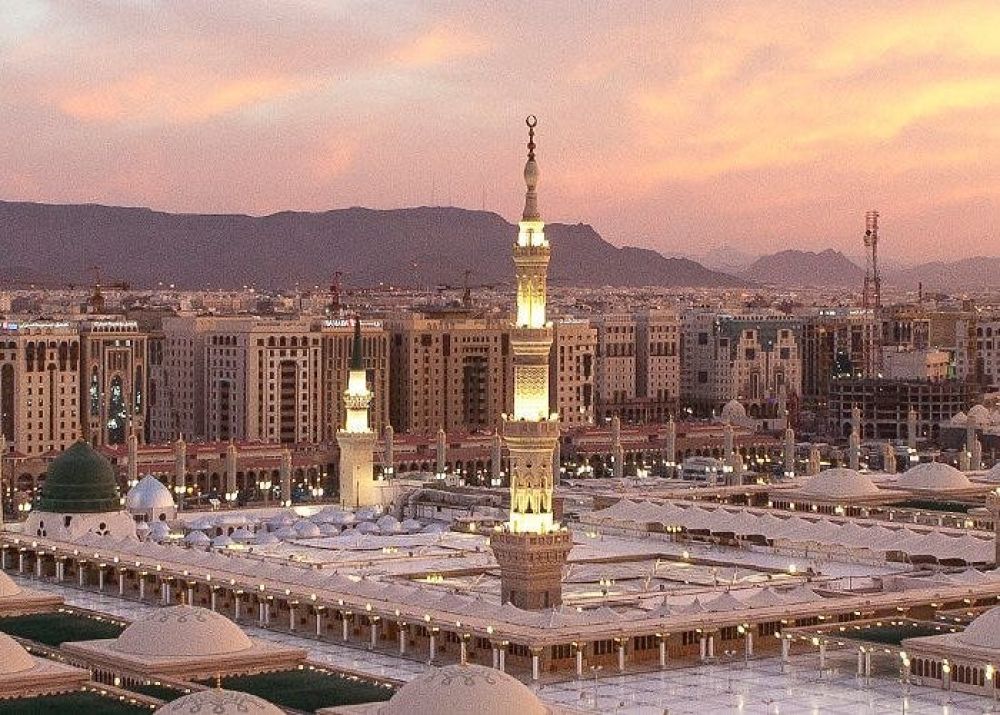

Medina, also known as Madinah, holds a significant place in Islamic history and is the second holiest city in Islam after Mecca. The history of tourism in Medina is deeply intertwined with the history of Islam itself, beginning with the Hijra (migration) of the Prophet Muhammad from Mecca to Medina in 622 CE, an event that marks the beginning of the Islamic calendar.
For centuries, Medina has attracted millions of pilgrims from around the world who come to visit the Prophet's Mosque, Al-Masjid an-Nabawi, where the Prophet Muhammad is buried. This mosque, originally built by Muhammad himself, has been expanded and renovated numerous times throughout history to accommodate the increasing number of visitors.
The significance of Medina in Islamic tradition cannot be overstated. Pilgrims visiting Mecca for Hajj often also travel to Medina to pay their respects at the site, which is considered a Sunnah (a practice of the Prophet). While the Hajj pilgrimage is an obligation for capable Muslims, visiting Medina is not required but is highly meritorious.
Over the years, the Kingdom of Saudi Arabia has made significant investments to facilitate pilgrims and tourists, including modern accommodations, transportation infrastructure, and services aimed at enhancing the experience of visitors. Various updates to the city's infrastructure and the Prophet's Mosque have kept pace with the increasing number of tourists and pilgrims.
In recent years, Saudi Arabia has introduced the Vision 2030 plan, which includes a drive to diversify the kingdom's economy away from oil dependence. This plan has a heavy focus on developing the tourism sector, including religious tourism to cities like Medina.
Part of these initiatives includes:
Additionally, the government is also working on cultural tourism initiatives which showcase Medina's history beyond its religious significance. While the religious aspects will remain a central attraction, there is a move to broaden the appeal and provide a more holistic experience for visitors.
It is important to note that access to the central area of Medina, encompassing the Prophet's Mosque, is restricted to Muslims only. However, there are many sites in and around Medina that are open to all visitors, including museums and historical battlefields, which offer a glimpse into the city's rich history.